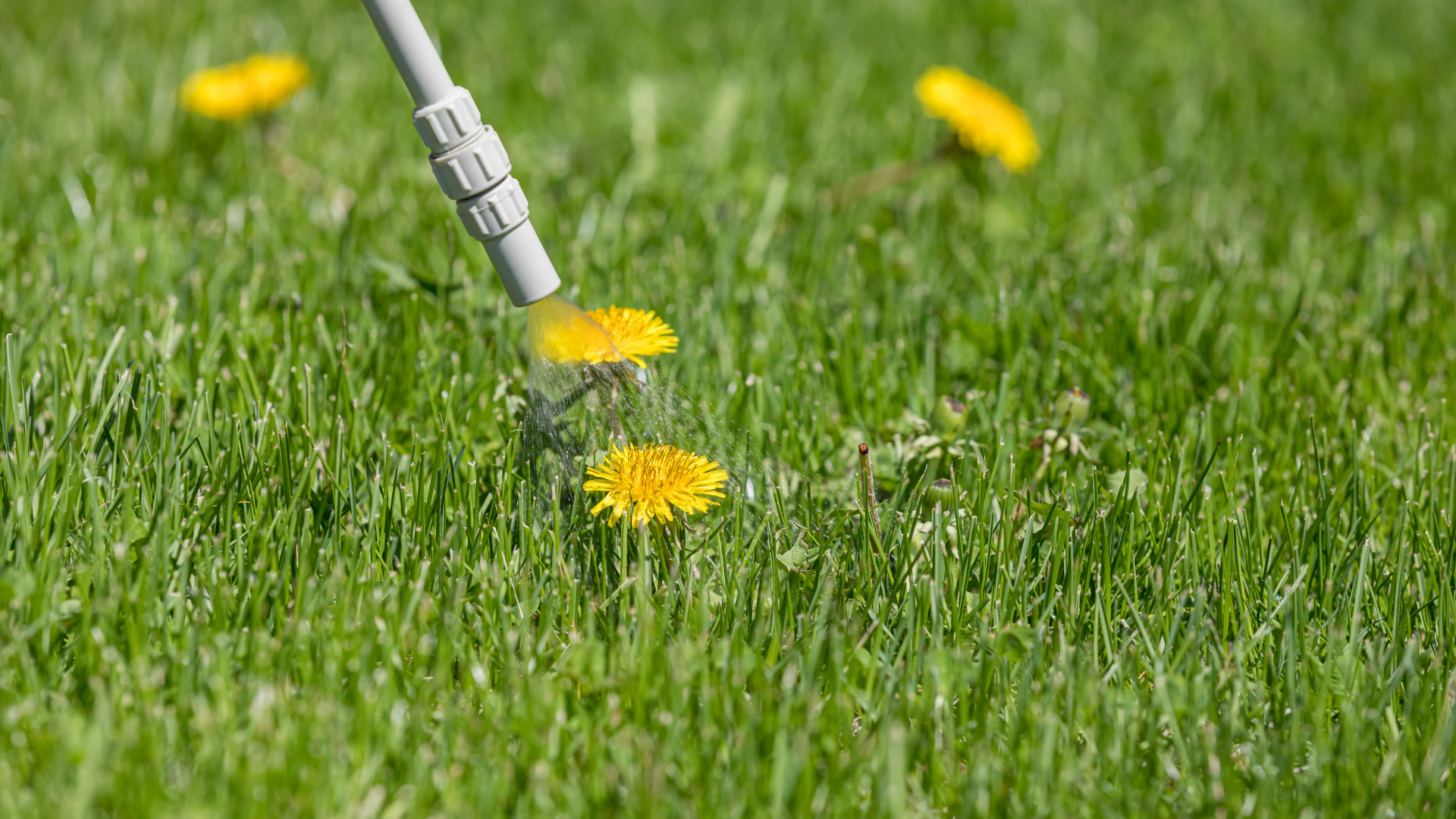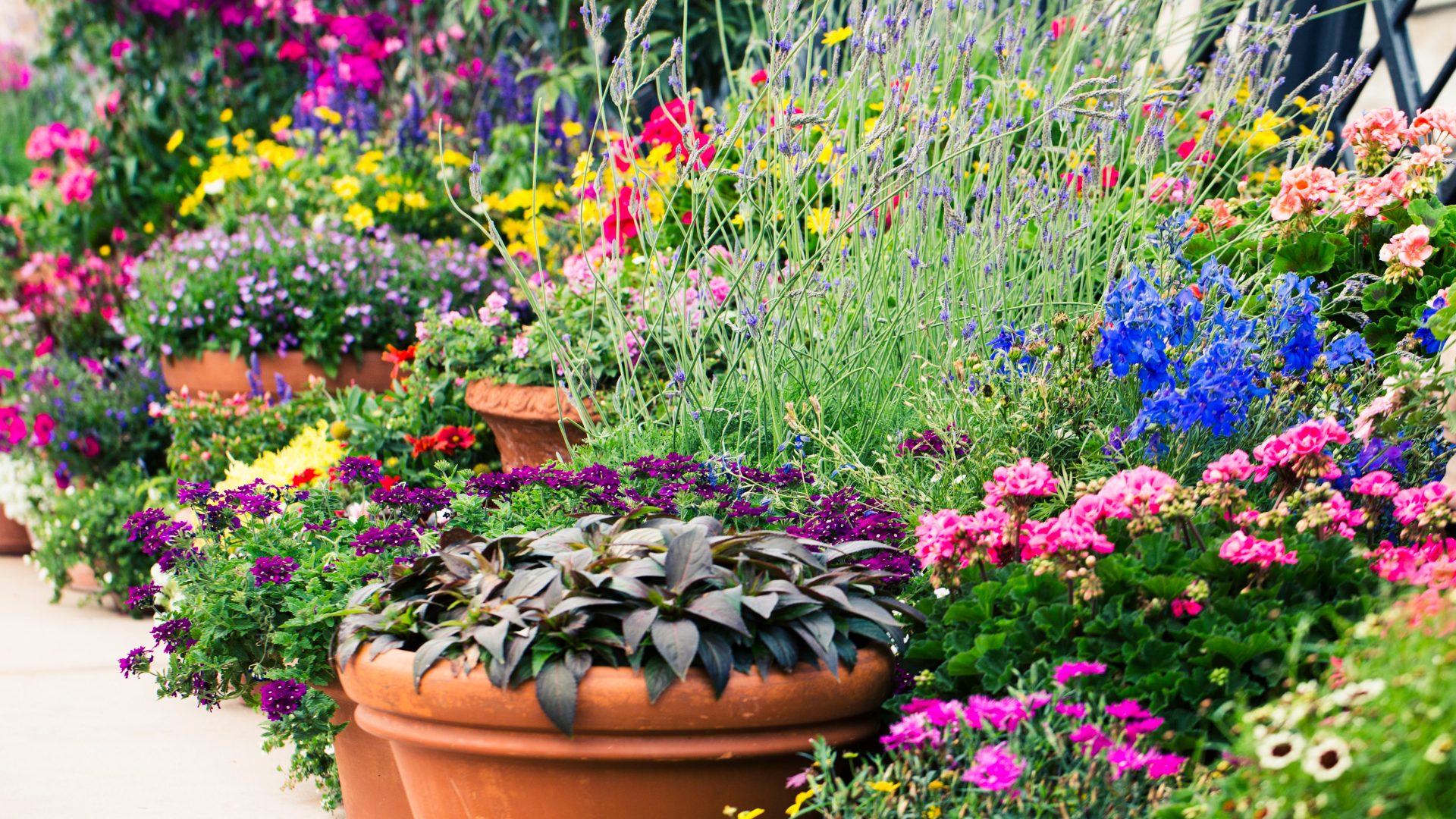THE GREENHOUSE SHOW
The good and bad of garden catalogs
Jan 7, 2022, 4:29 PM | Updated: 4:30 pm

Photo: Adobe Stock
The Good and The Bad of Garden Catalogs
One of my favorite things is getting plant catalogs in the dead of winter. I enjoy seeing all of the wonderful plants. I have noticed that other gardeners also love these catalogs but are sometimes disappointed when the plants they ordered fail. As with most things research is needed when ordering for later success. Below is a list about positive aspects of catalogs as well as things to be cautious about. Even though I am referencing catalogs, the same holds true for ordering plants online.
Benefit
Gardening catalogs have a wide selection of plants that are often not very available locally. This especially goes for perennials, annuals, and vegetables. Further, some things I order include short season peanuts or sweet potatoes.
Caution
The caution about the huge selection is that you really need to be aware of whether the plant will survive locally or be willing to risk the plant doing poorly in your yard. To offset this, research ahead of time the plants you are interested in.
Benefit
Most catalogs use the USDA Cold Hardiness Zones as a standardized way to determine cold hardiness for their customers. What zone you are in is determined by tracking the average low temperature in a given area over a rolling twenty-year period. For example, Nephi, UT, is considered to be USDA Zone 5 or 6. In zone 5, the average low varies from -10 F to -20 F in a given year. Zone 6 has an average low from -10 F to 0 F.
Caution
Because these are average lows, it will likely get colder. And so, a Zone 6 plant such as the English laurel, is periodically damaged in Zone 6 when we have cold winters because it does not tolerate temperatures much below 0 F to -5 F. Another aspect to consider is that cold hardiness is not the only determining factor for whether a plant will thrive in our climate.
Benefit
The arid west is unique from the rest of the country. This allows many beautiful plants that may struggle in wetter climates to thrive here. Some include red yucca, many species of hummingbird mint, blanket flower, and sedums. These are often more available from regional specialty companies such as High Country Gardens. But they are worth trying.
Caution
Our unique region includes high pH soils (aka alkaline soils). The challenge is that many common landscape plants develop nutrient deficiencies such as iron, zinc, magnesium, and manganese. Alkaline soil causes these nutrients to not be as water soluble. Therefore, the nutrients are not absorbed by roots in sufficient amounts to keep the plant healthy. Landscape plant species that commonly suffer from this include dogwood trees, red oaks, red maple, silver maple, Autumn Blaze maple, sugar maple, rhododendrons/azaleas, and others.
Benefit
Many catalogs list plants that grow quickly. If you have areas of the landscape that need a fast-growing hedge, an empty area that could be filled by a groundcover, they can be an advantage. Faster growing hedge plants include dwarf blue arctic willow, various privets, and red twig dogwood. Groundcovers that fill in relatively quickly include vinca minor and plumbago for shaded areas. For sunnier areas, creeping jenny, creeping potentilla, and ajuga are great.
Caution
There are many considerations when planting fast growing landscape species. For example, they can be difficult to contain in a specific area. Another especially includes fast-growing trees. These can overwhelm smaller yards, become messy and are short lived due to being susceptible to dozens of pests and diseases. To make matters worse, these ultra-fast-growing trees are often planted too closely to buildings and may eventually damage buildings from both the roots and falling limbs. Trees that fit this description include cottonwoods, poplars, Siberian elms, as well as weeping and globe willows. As you drive through more established neighborhoods, it is common to see a mature cottonwood or willow tree with a canopy that reaches from the middle of the street over the top of the house in the yard it was planted. If they need to be removed, it costs thousands of dollars.
Tune into the KSL Greenhouse Show for more! Every Saturday from 8 – 11AM. 102.7 FM, 1160 AM, www.staging.kslnewsradio.com/listen












